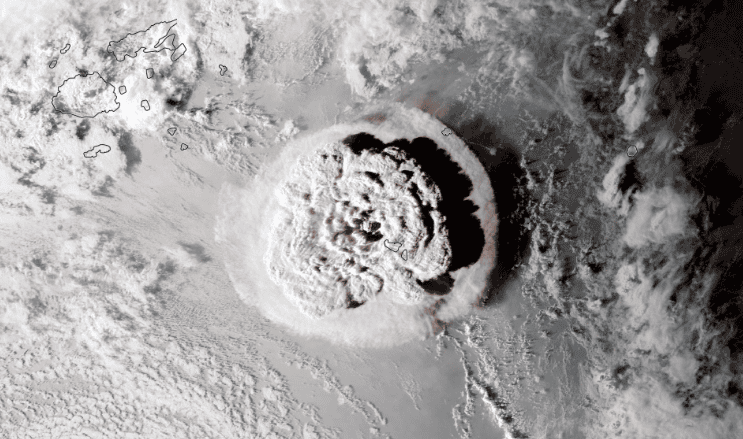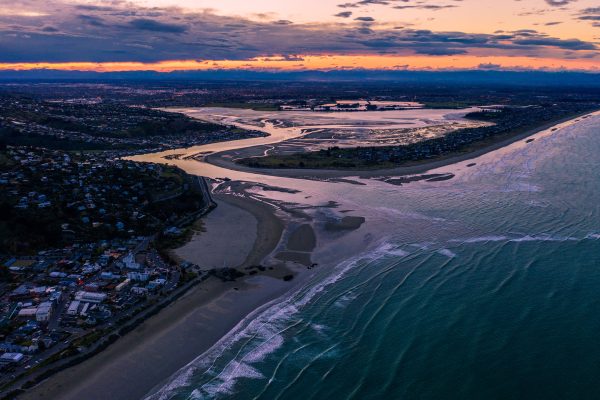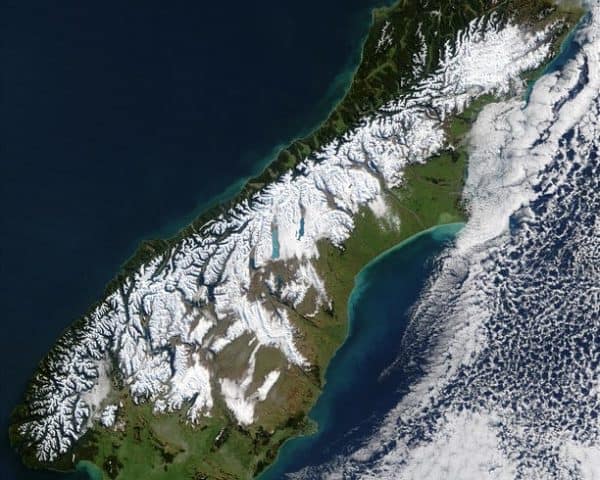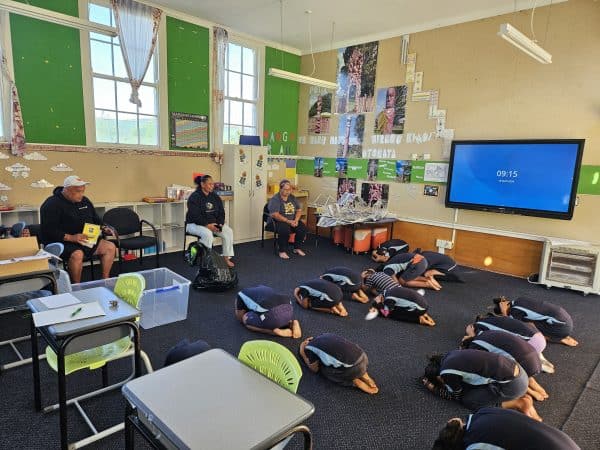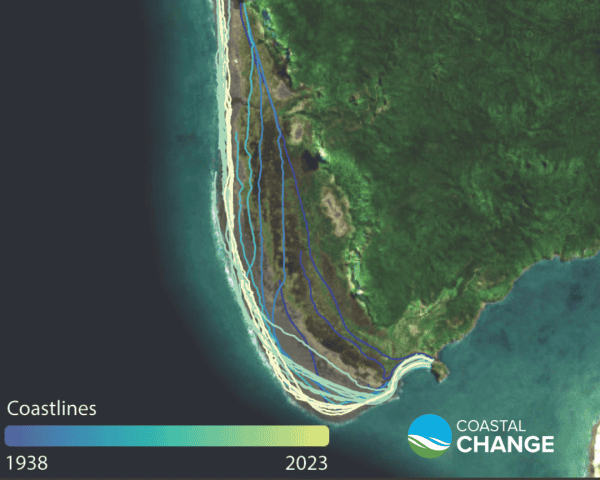The response to the January 15 Hunga Tonga–Hunga Ha’apai eruption and tsunami involved significant New Zealand science capability, including that of Resilience Challenge (RNC) researchers.
Volcanoes team member Assoc Prof Carol Stewart of Massey University is co-director of the International Volcanic Health Hazard Network (IVHHN), and member of the New Zealand Volcanic Science Advisory Panel (NZVSAP) and the New Zealand Volcanic Impacts Study Group (VISG). After the eruption, Carol and her VISG colleagues were approached by Tongan community leaders here in Aotearoa who wanted simple, practical advice about precautionary healthmeasures that could be taken by their friends and family back home.
Although they hadn’t yet received an ash sample, Carol and colleagues at the University of Canterbury, GNS Science and NIWA prepared messages that were translated by community leader Emeline Afeaki-Mafile’o and given to Massey University design student Matt Luani to be turned into infographics. Associate Professor Siautu Alefiao of Massey University’s Niupatch organised for the fliers to be printed and added to aid boxes being sent to Tonga. The entire effort took less than four days.
In an interview, Carol reflected on the tension that exists in the initial aftermath of an eruption, between getting advice out rapidly with incomplete information, versus waiting for better information that may come too late. When an ash sample finally arrived on January 22, collected by the New Zealand Defence Force from beside the runway during their delivery of aid supplies, Professor Shane Cronin of The University of Auckland (former RNC director and member of our Volcanoes team) met the sample at Whenuapai airport and sent subsamples round the country for analysis. Within 48 hours the IVHHN/NZVSAP team had produced a peer-reviewed report on the grainsize distribution of the ash, with chemical analyses reported a few days later. This information was used to confirm and refine the earlier advice about precautionary measures that did and did not need to be taken with food and drinking water exposed to volcanic ash, and whilst cleaning-up the ash.
Carol observed that Hunga Tonga–Hunga Ha’apai was a valuable opportunity for IVHHN and NZVSAP to rehearse their systems for the next eruption, whether that’s here in Aotearoa New Zealand or elsewhere.
The Hunga Tonga-Hunga Ha’apai eruption and tsunami also provided an opportunity for members of our Volcanoes team to contribute their risk modelling expertise. Researchers from GNS Science and the University of Canterbury, working alongside Tongan emergency response agencies, undertook risk modelling in response to the eruption and tsunami. By inputting available information on volcanic ash thickness and tsunami inundation, along with established impact functions, into RiskScape, the team were able to start modelling how buildings and infrastructure might have been impacted by volcanic ash and tsunami inundation.
The project involved development of a multi-hazard pipeline for RiskScape to calculate combined losses, including the calculation of clean-up requirements. RiskScape is now better equipped to model impacts of complex multi-hazard events here in Aotearoa New Zealand.
Meanwhile, relationships that have been built over two decades between iwi kaitiaki and researchers at Massey University and GNS Science are enriching volcano science and resilience-building in the Ruapehu area. Ohakune-based iwi Ngāti Rangi holds traditional knowledge based on hundreds of years of observations, and the results of their environmental monitoring activities are frequently in synergy with those of science agencies. During a period of heightened unrest at Ruapehu Maunga earlier this year, which saw the GeoNet alert level for the volcano raised to Level 2, Prof Jon Procter and Ngāti Rangi volcano expert Che Wilson spoke in the media about the new perspectives and opportunities afforded by engagement between scientists and kaitiaki. Jon (Muaupoko, Ngāi Tahu) leads a project in our Volcanoes programme exploring volcanic co-governance arrangements to ensure mātauranga and kaitiakitanga are incorporated into volcanic decision-making, resilience-building, and emergency management around our active volcanoes.
This work is taking place alongside other research from our Volcanoes team that is providing insights into past eruptions at Ruapehu Maunga, and informing forecasts and scenarios of future behaviour.
Our Resilience, Policy and Governance programme co-lead Dr Nick Cradock-Henry is involved in an expert group set up by the DIA Community Resilience programme and NEMA to provide advice on flood recovery for the Buller region.
As these examples demonstrate, our researchers have the agility and relationships that allow them to add value during emergencies – by inputting science into decision-making processes, contributing to public commentary, and collecting data that helps build resilience ahead of the next event.
